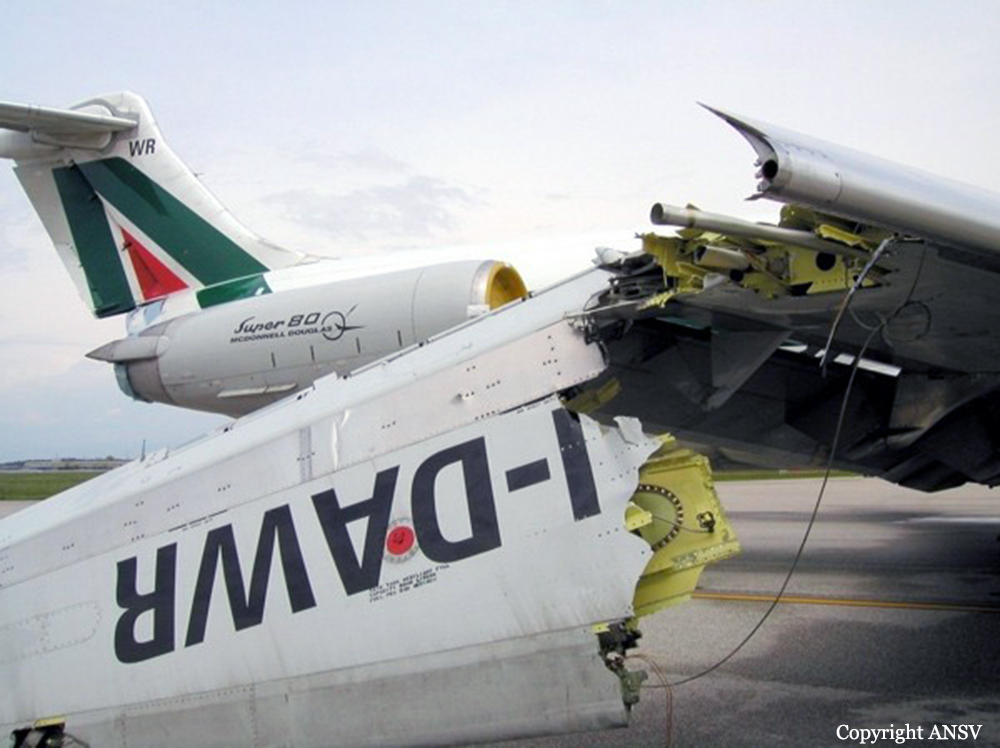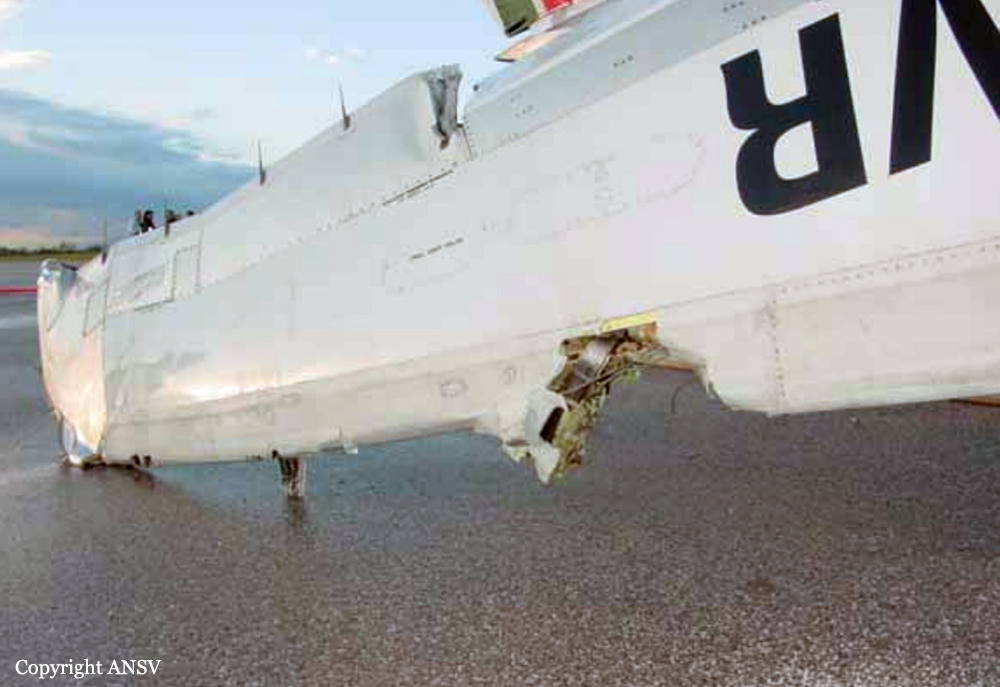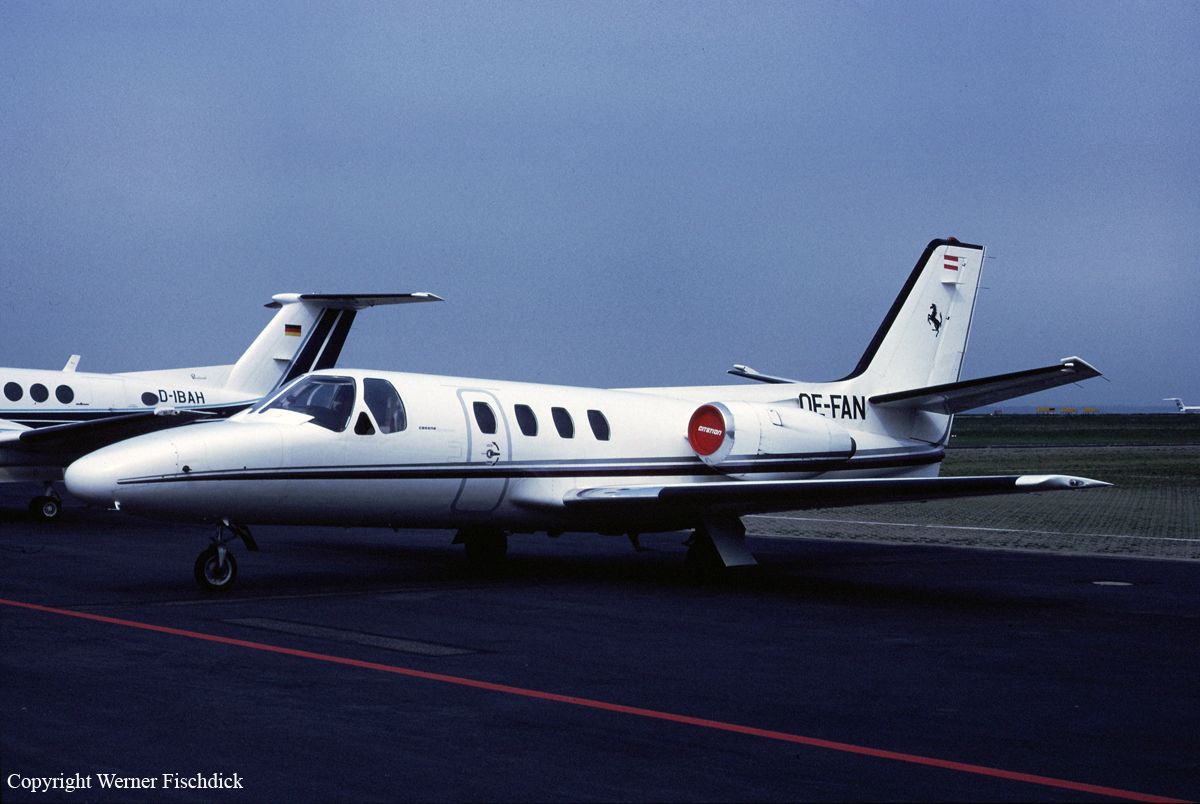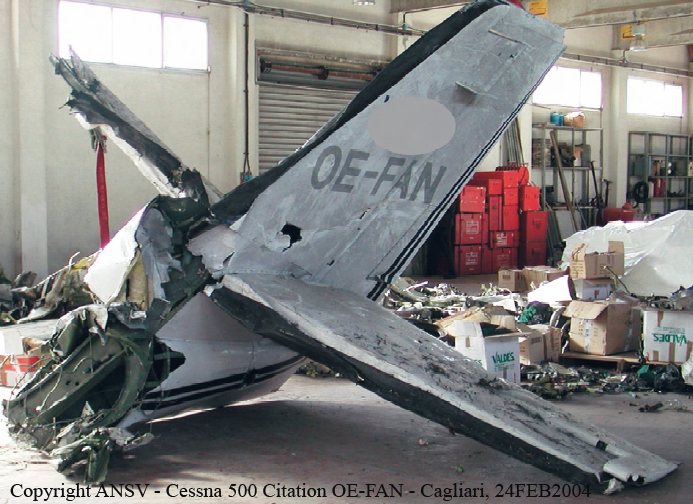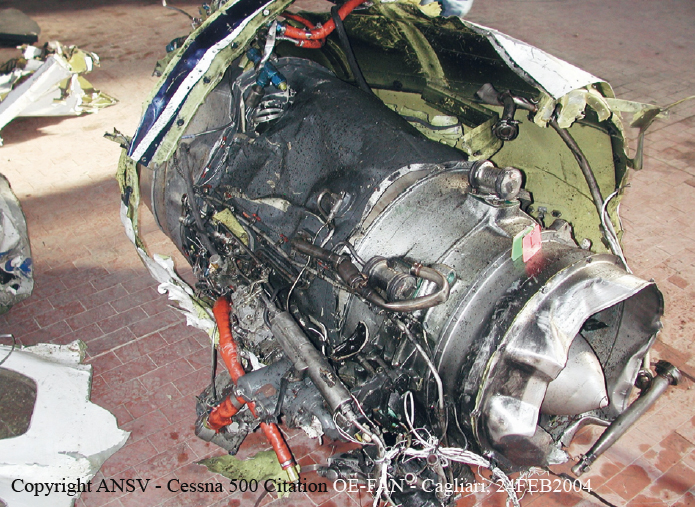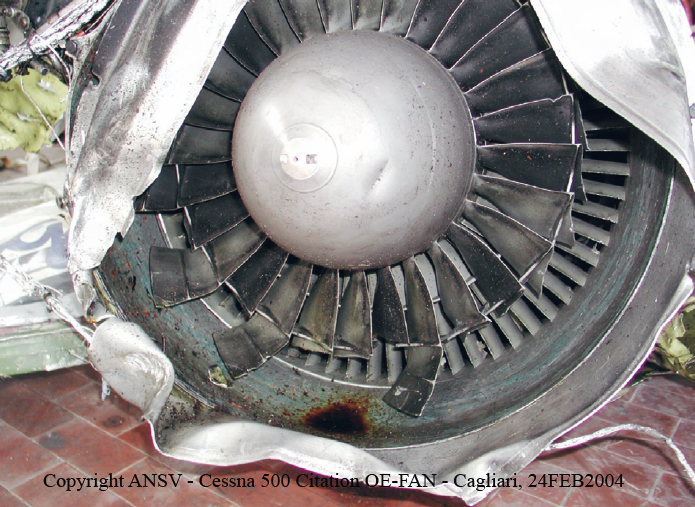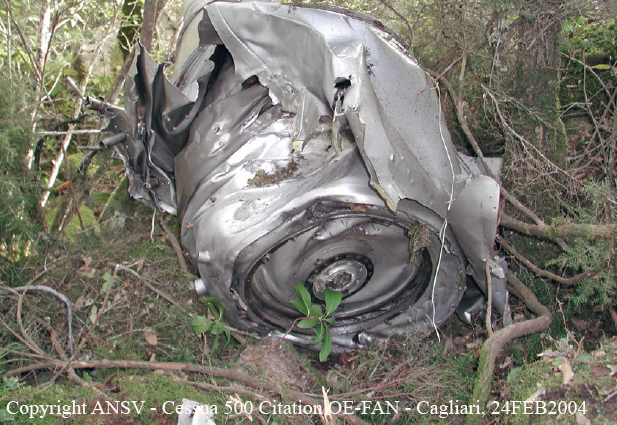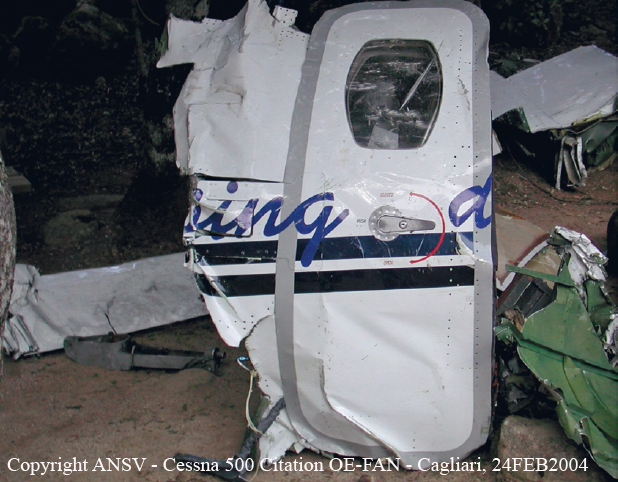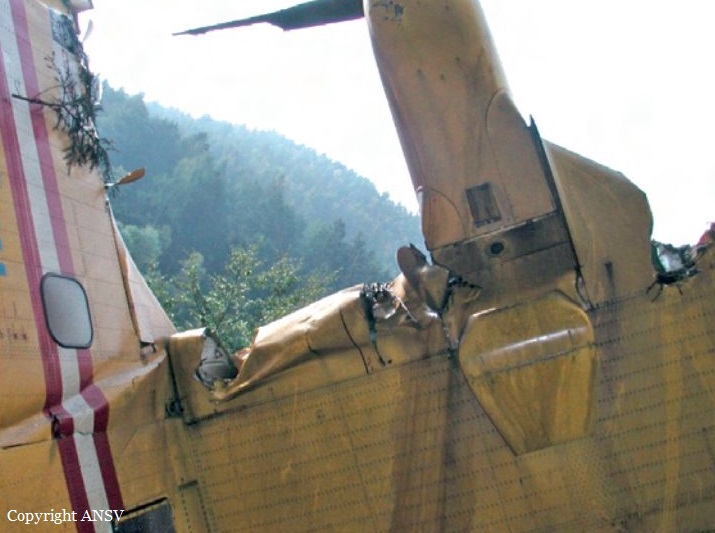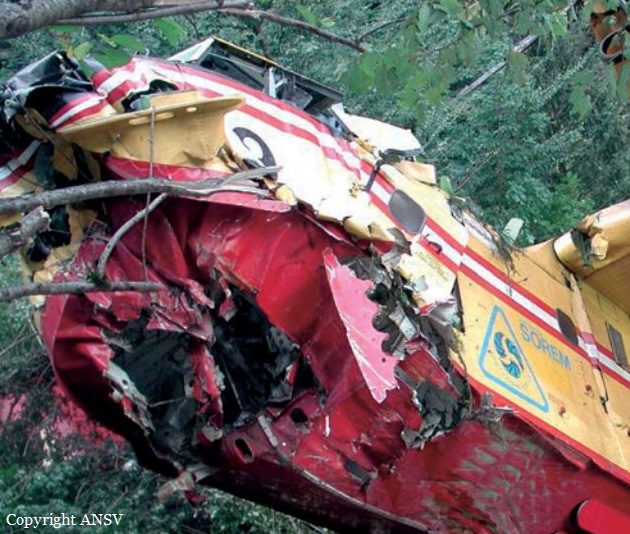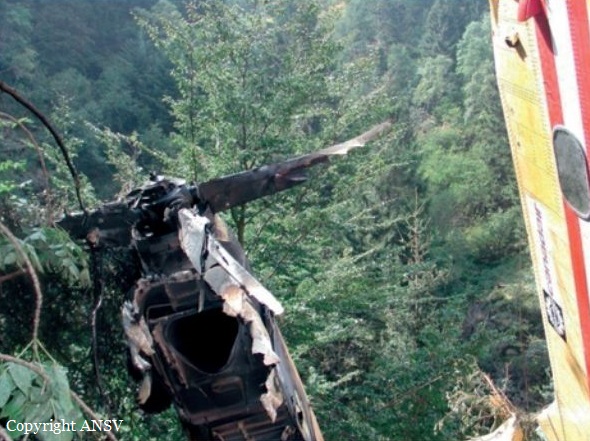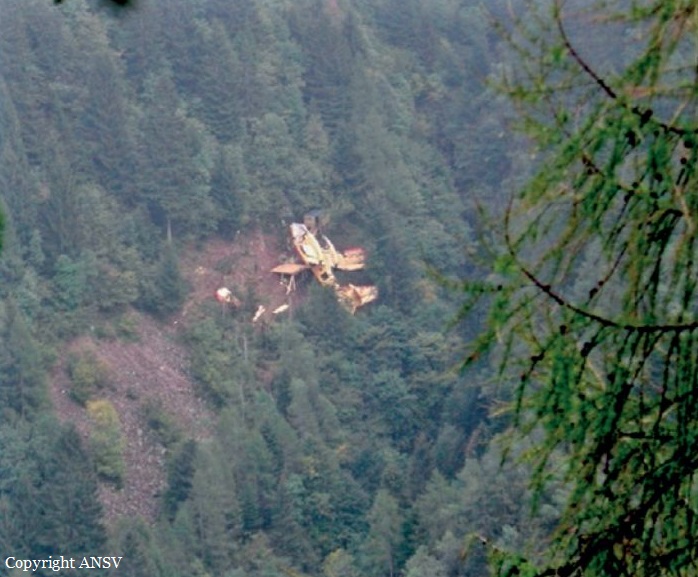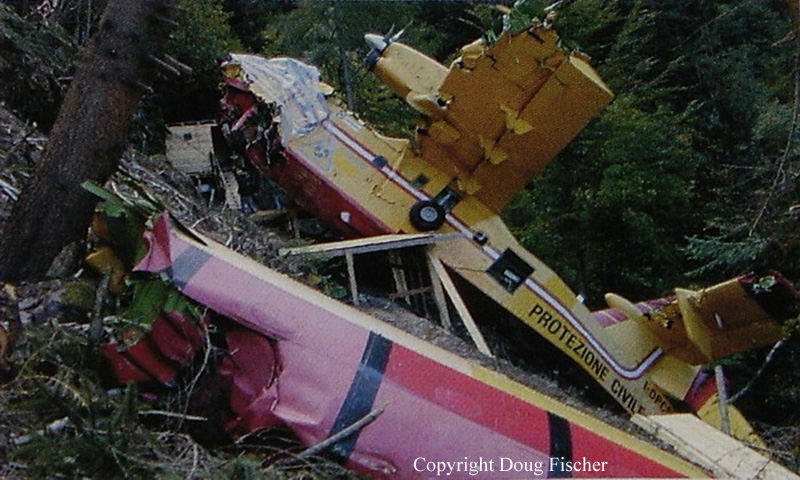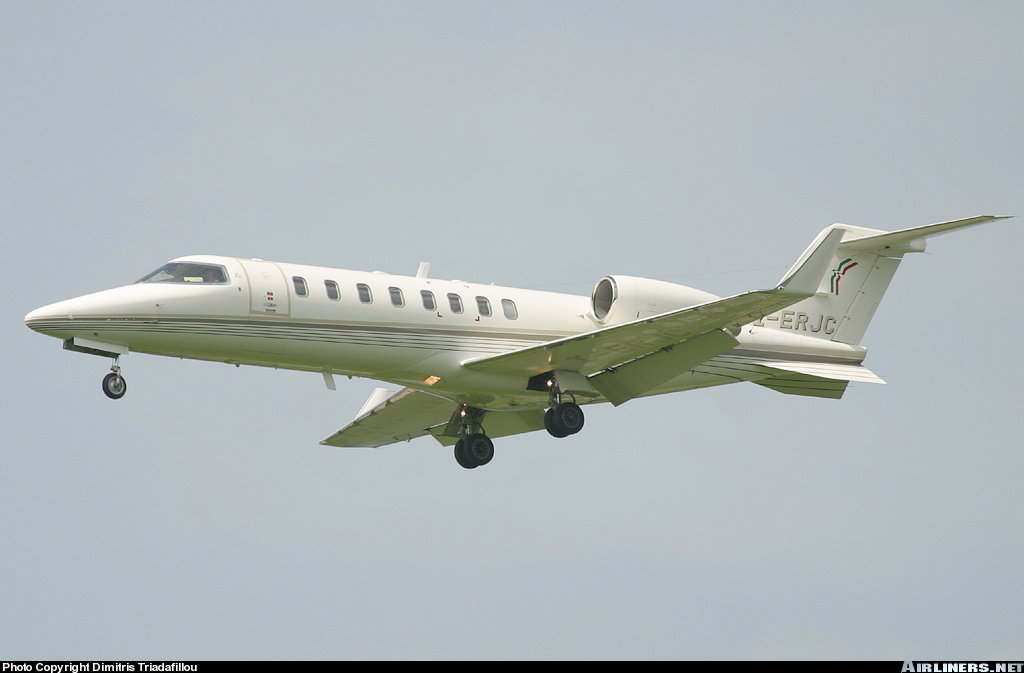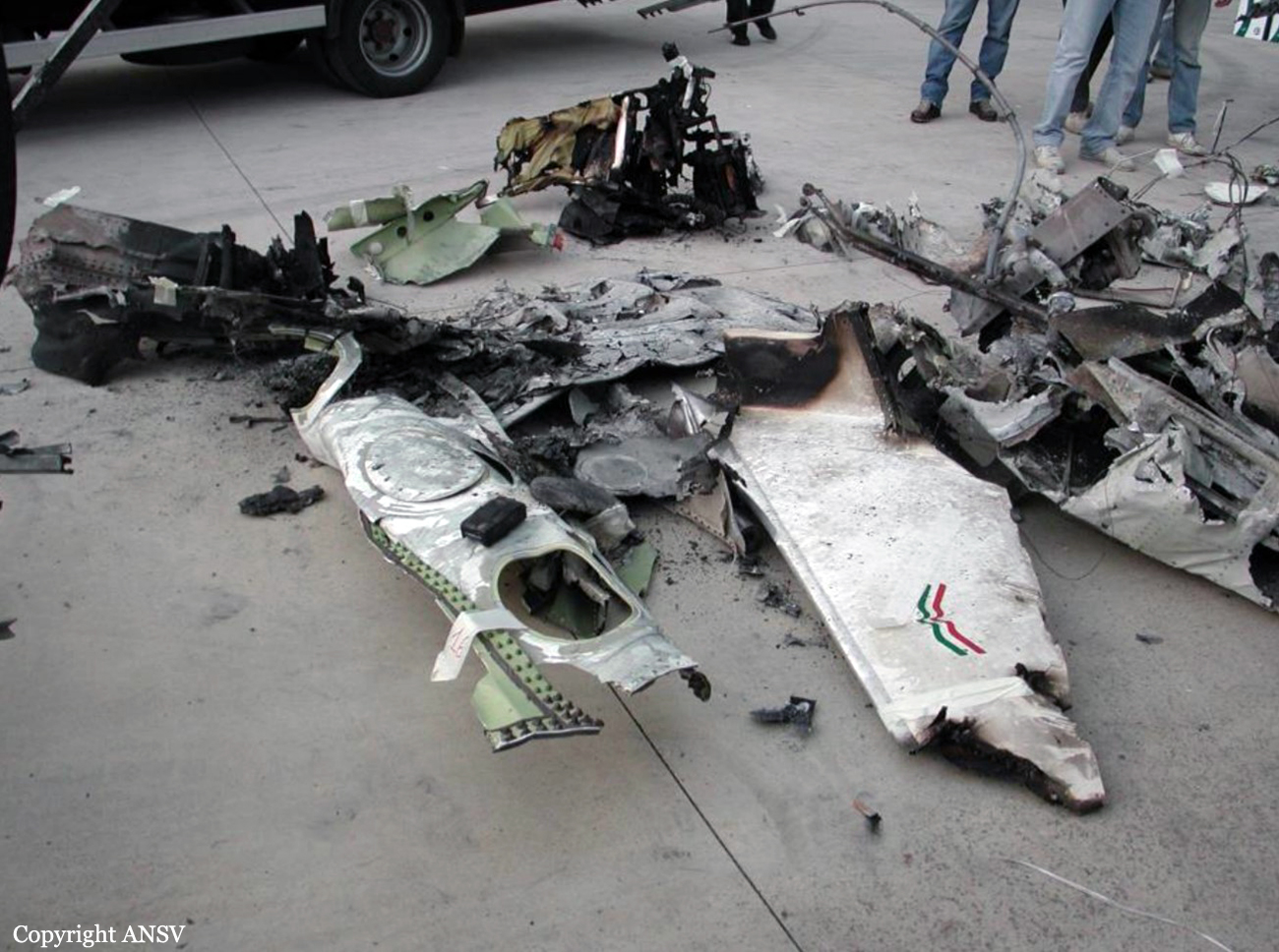Ground accident of a McDonnell Douglas MD-82 in Trieste
Date & Time:
Apr 20, 2004 at 1038 LT
Registration:
I-DAWR
Survivors:
Yes
Schedule:
Rome – Trieste
MSN:
49208/1190
YOM:
1985
Flight number:
AZ1357
Crew on board:
4
Crew fatalities:
Pax on board:
92
Pax fatalities:
Other fatalities:
Total fatalities:
0
Captain / Total hours on type:
3800.00
Aircraft flight hours:
41745
Aircraft flight cycles:
34235
Circumstances:
Following an uneventful flight from Rome-Ciampino Airport and a normal landing at Trieste-Ronchi dei Legionari Airport runway 09, the crew vacated the runway and continued via taxiway Bravo to the apron. The copilot was the pilot-in-command and he was facing sun while approaching the ramp. At the last moment, the captain noticed a dump truck on the right side of the taxiway. He took over controls and elected to turn to the left but the aircraft collided with the truck. The outer part of the right wing was torn off for about 3,5 metres and the fuselage was bent. Also, a fuel tank ruptured, causing a spill on the taxiway. The captain immediately stopped the airplane and all 96 occupants evacuated safely. It appeared that construction works were in progress near the taxiway Bravo. A Notam was not issued about this and the tower controller had not informed the crew either.
Probable cause:
The analysis of the technical, operational and organizational context in which the event took place (impact of the end of the right wing of the aircraft, during taxiing, against the rear body of a truck that was parked for work within the protection area of the taxiway that leads from the Bravo connection to the parking area) has allowed to determine the following causes, which are attributable to human and environmental factors.
- Failure to close the Bravo taxiway with the issue of the relative NOTAM of the works in progress.
- Failure of the Torre control to provide the pilots with essential information on the condition of the airport, as provided for by ICAO in ICAO Doc. 4444 PANS-ATM.
- Vertical and horizontal ground signs do not correspond to those specified in ICAO Annex 14.
- Failure to comply with the ENAC circular (APT-11), applicable for the type of work in progress at the airport.
- Insufficient surveillance of the airport area affected by the works by ENAC and the airport management company Aeroporto FVG.
- Lack of an airport Safety Management System .
- Inadequate surveillance of the external space during taxiing by the flight crew, resulting in incorrect assessment of the position of the aircraft with respect to the obstacle.
- Failure to close the Bravo taxiway with the issue of the relative NOTAM of the works in progress.
- Failure of the Torre control to provide the pilots with essential information on the condition of the airport, as provided for by ICAO in ICAO Doc. 4444 PANS-ATM.
- Vertical and horizontal ground signs do not correspond to those specified in ICAO Annex 14.
- Failure to comply with the ENAC circular (APT-11), applicable for the type of work in progress at the airport.
- Insufficient surveillance of the airport area affected by the works by ENAC and the airport management company Aeroporto FVG.
- Lack of an airport Safety Management System .
- Inadequate surveillance of the external space during taxiing by the flight crew, resulting in incorrect assessment of the position of the aircraft with respect to the obstacle.
Final Report:


